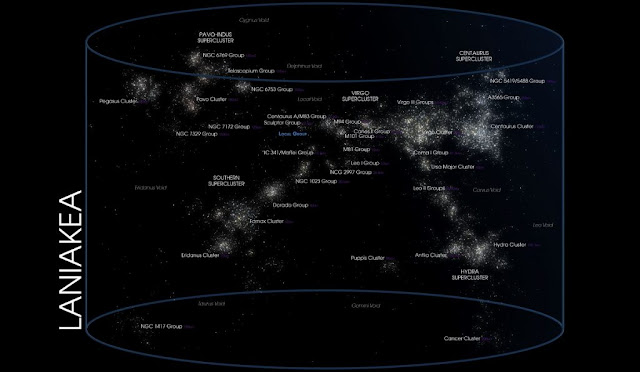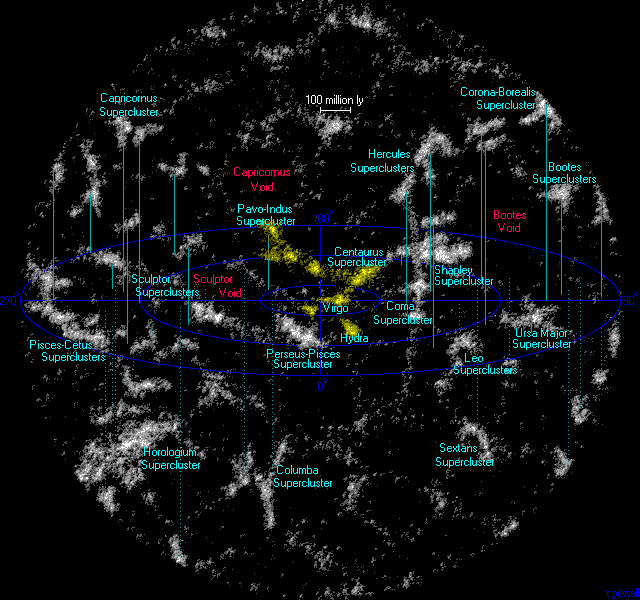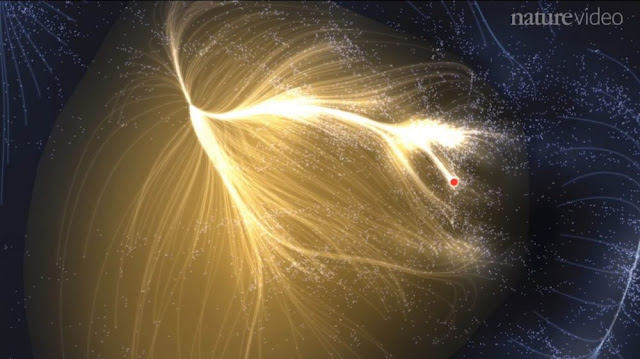Astronomers Make An Incredible Discovery After Successfully Mapping 8,000 Galaxies
We are beginning to realize how little we know about the universe as we continue to explore it. For example, the number of galaxies in the universe is still unknown, even though the consensus is that there are roughly 200,000 billion galaxies in the known universe.
However, given we’ve only seen a small portion of the universe, this number might grow tremendously. Our Galaxy, the Milky Way, includes at least 400 billion stars, and the number of planets orbiting those stars is unfathomable.
Furthermore, the Milky Way galaxy has a diameter of 105,000 light-years and a diameter of 1,000,000,000,000,000,000 kilometres (approximately 621,371,000,000,000,000 miles). In other words, the Milky Way Galaxy is an extremely large place, and mapping it will take much better technology and more research.
Scientists, on the other hand, haven’t been sitting around doing anything. They’ve already started tracing the Milky Way’s physical plane in the cosmos. They have a much better knowledge of our physical, cosmic address after collecting data from over 8,000 galaxies in the Milky Way’s vicinity.
Astronomers created a map of each Galaxy’s movement and position in space. They discovered that our Milky Way galaxy is part of a massive system that holds thousands of other galaxies together in what is known as a supercluster of Galaxies.
Researchers have revealed that the Milky Way is part of a gigantic cosmic structure named Laniakea, which spans 500 million light-years and has 100,000,000,000,000,000 Stars spread among 100,000 150,000 galaxies. Radio telescopes were utilized to map the movements of a large number of nearby galaxies.

The name laniakea means ‘immense heaven’ in Hawaiian, from lani, meaning ‘heaven,’ and ākea, meaning ‘spacious, immeasurable.’ The Laniakea Supercluster, according to the most recent data, has roughly 100,000 galaxies spread out across 160 megaparsecs (520 million light-years).
It is made up of four subparts that were formerly identified as independent superclusters:
The Milky Way is located within the Virgo Supercluster.

Supercluster Hydra-Centaurus
Laniakea’s core gravitational point, near Norma, is known as the Great Attractor.
Hydra Supercluster, also known as Antlia Wall.
Centaurus Supercluster is a supercluster in the constellation Centaurus.
Supercluster Pavo-Indus.
The Fornax Cluster (S373), Dorado, and Eridanus clouds are all part of the Southern Supercluster.
Astronomers have discovered that Laniakea is not gravitationally bound, meaning that it will disperse rather than remain as an overdensity in comparison to its surroundings. Laniakea, unlike its constituent clusters, is expected to be ripped apart by dark energy, according to astronomers.
Do not forget to share your opinion with us to provide you with the best posts !





Having read this I believed it was very enlightening. I appreciate you spending some time and effort to put this content together. I once again find myself spending way too much time both reading and posting comments. But so what, it was still worthwhile!